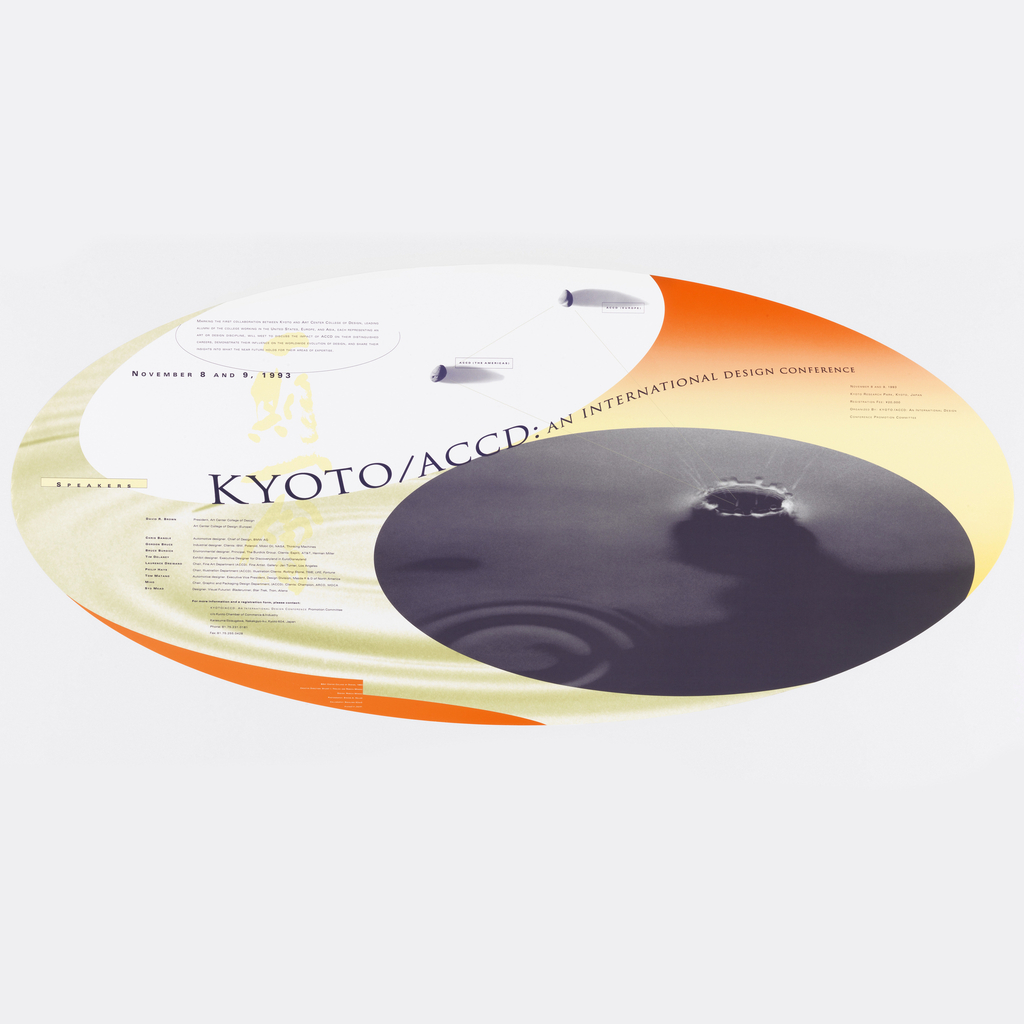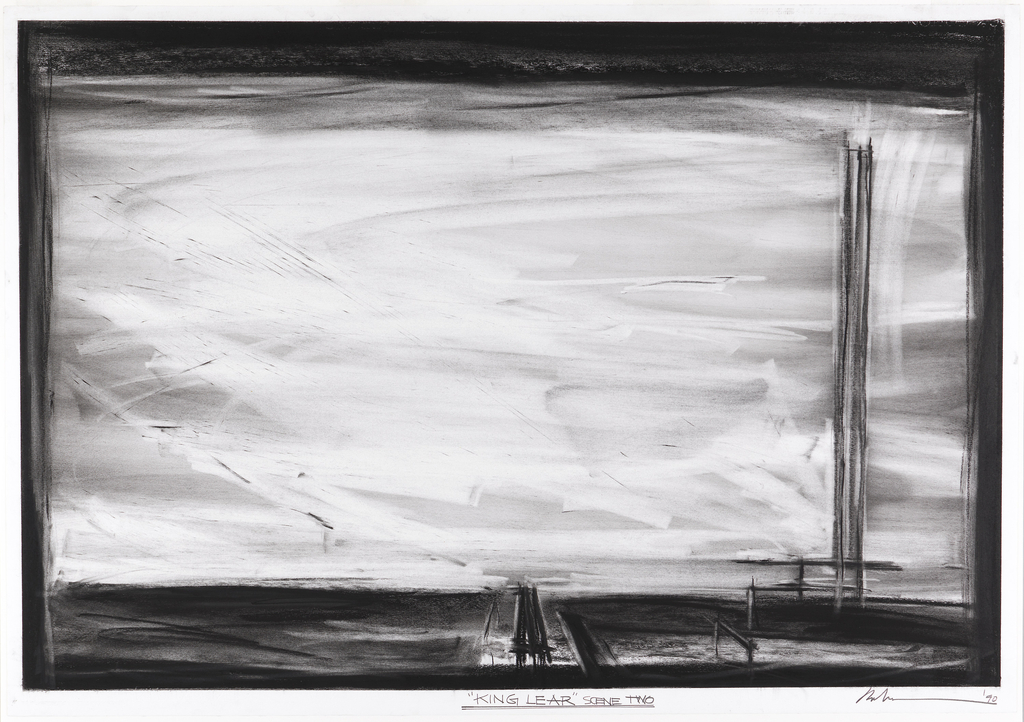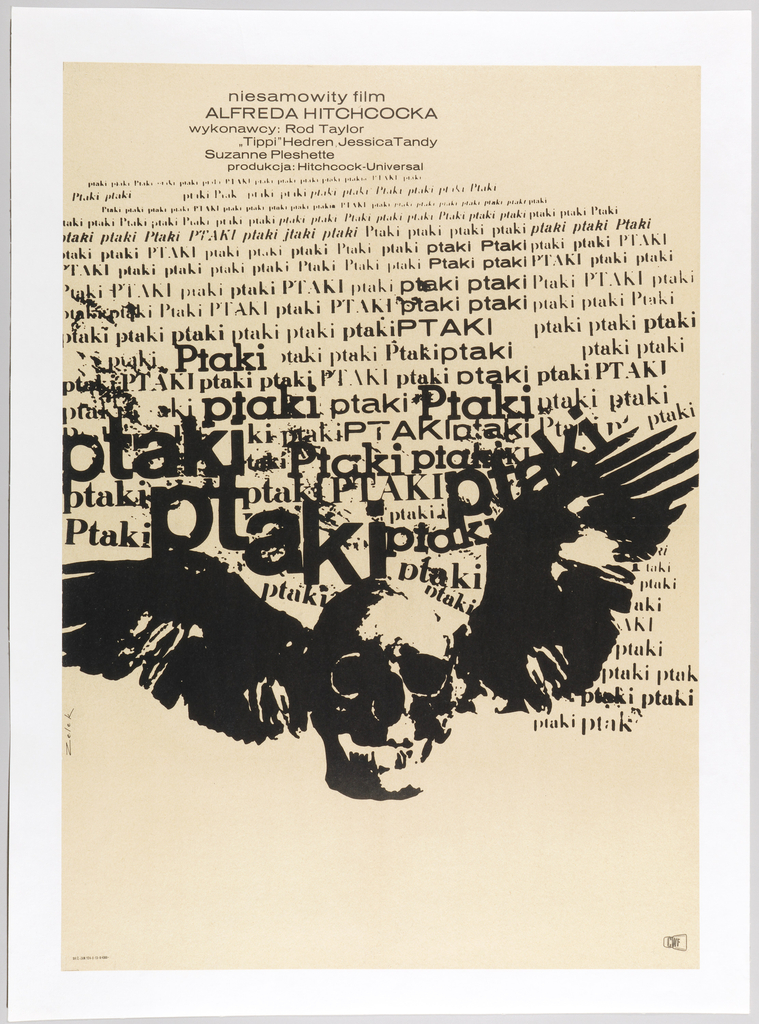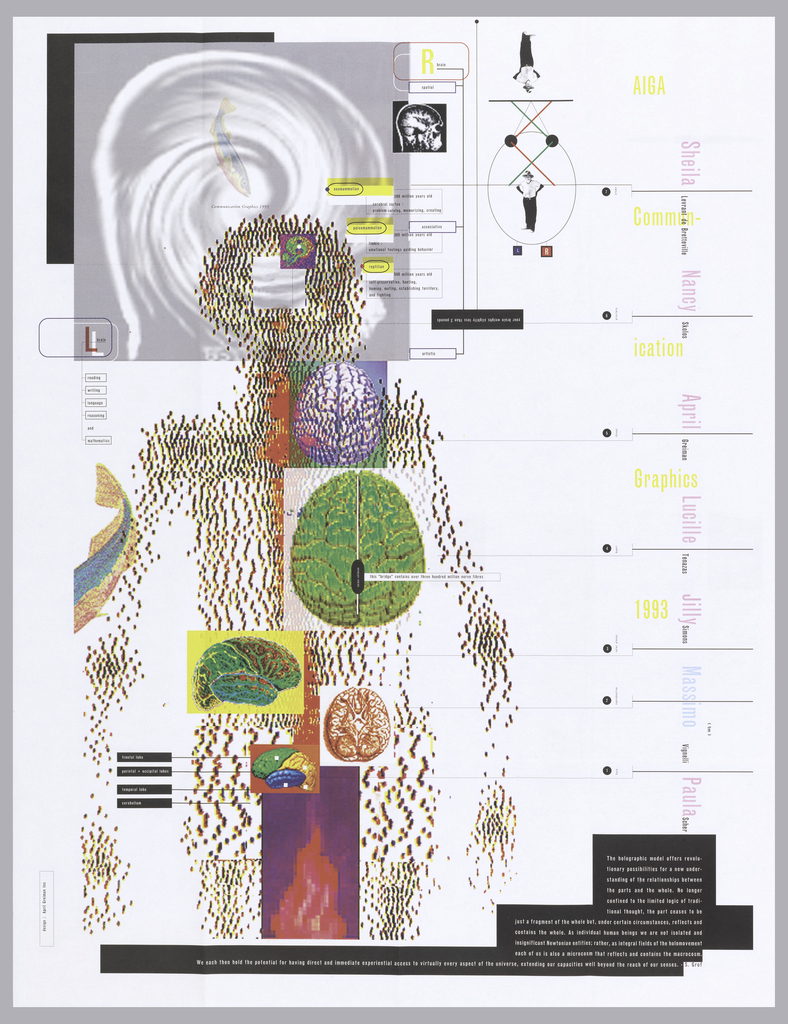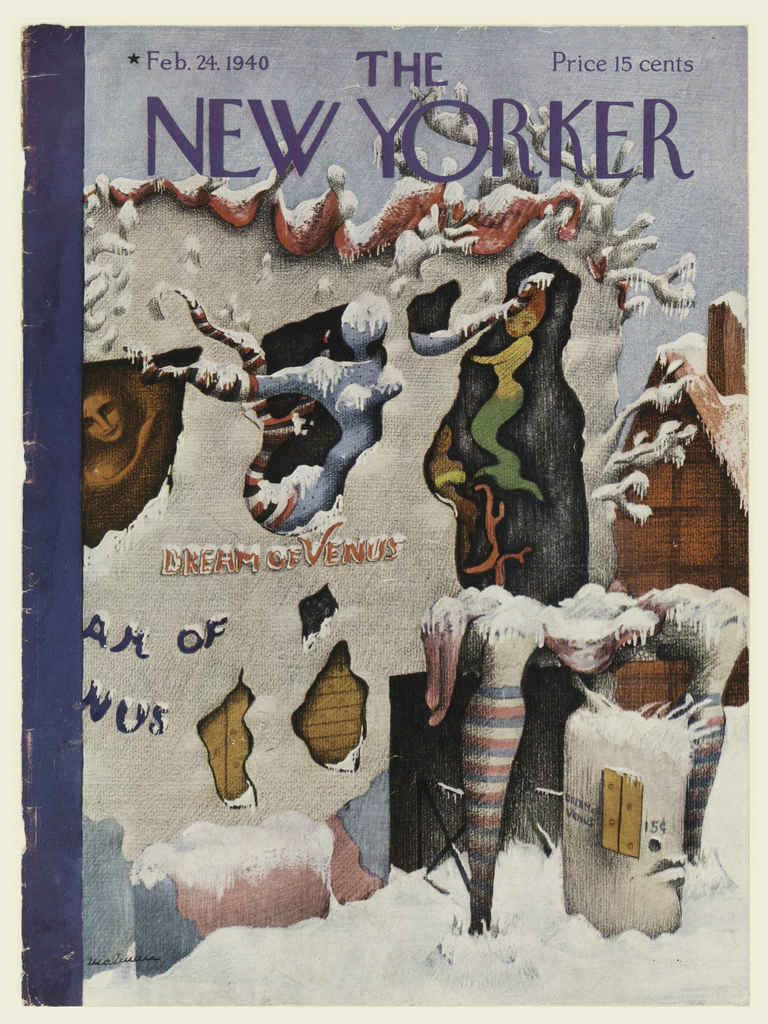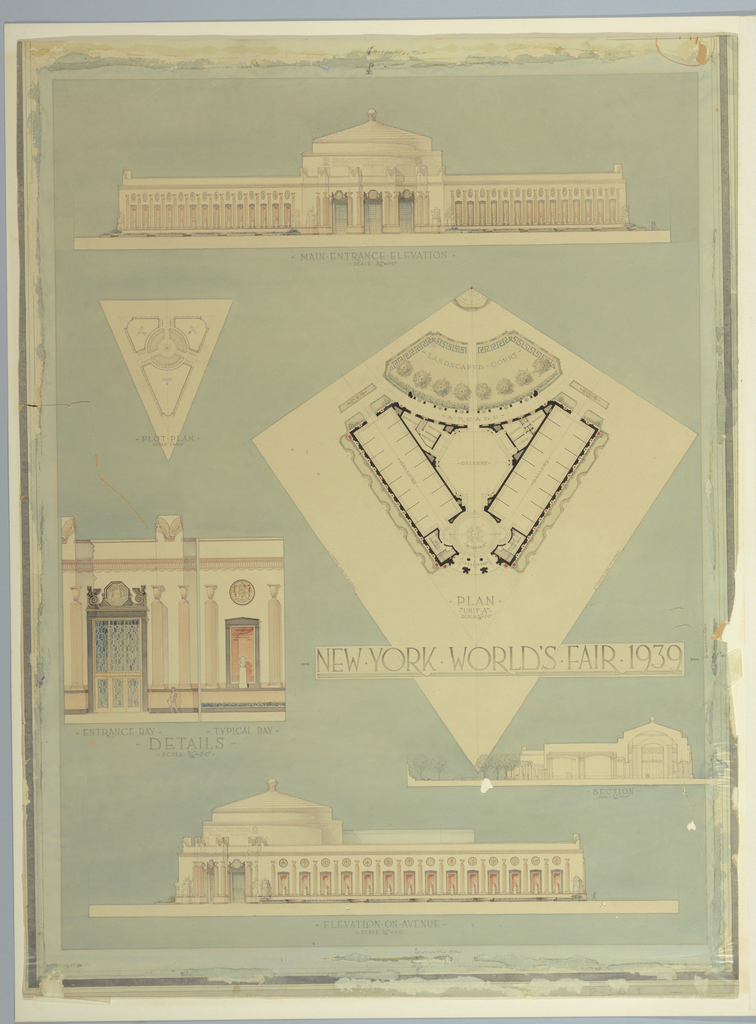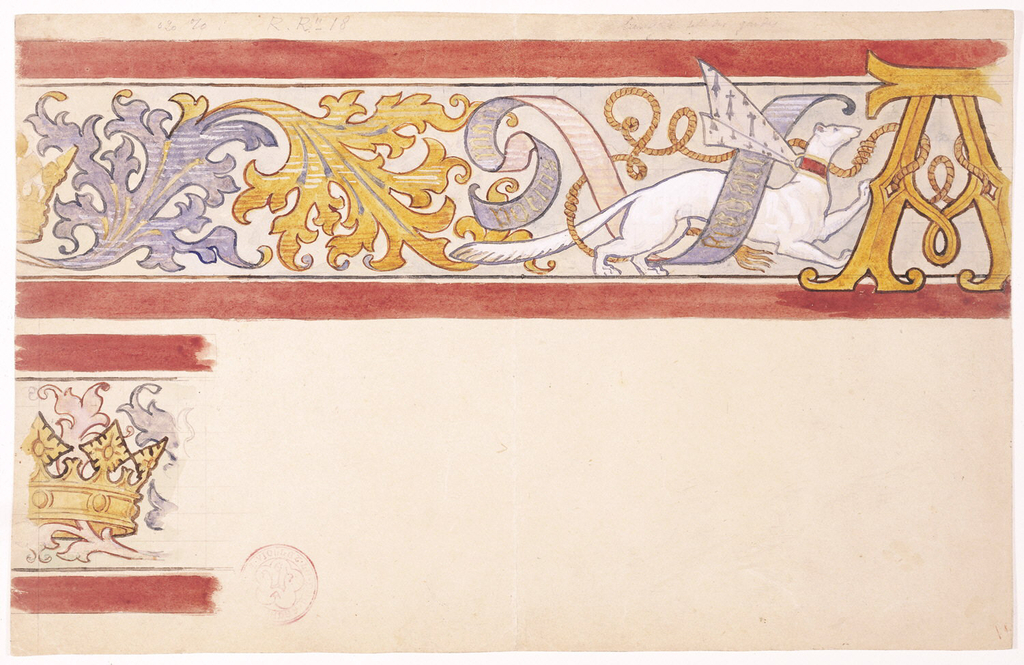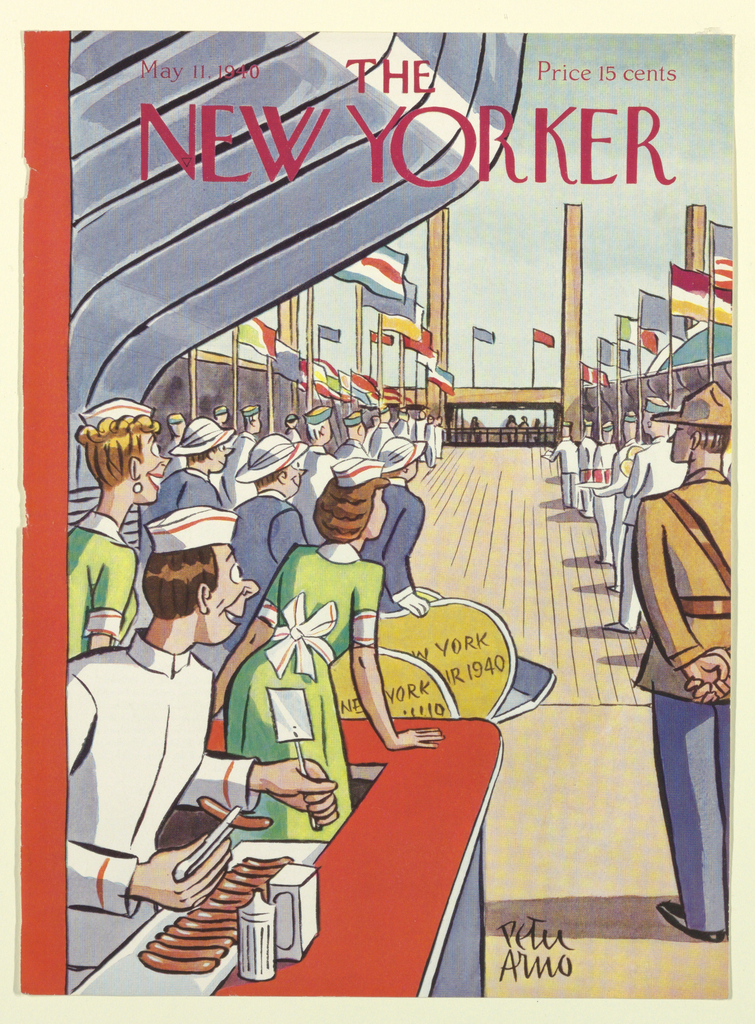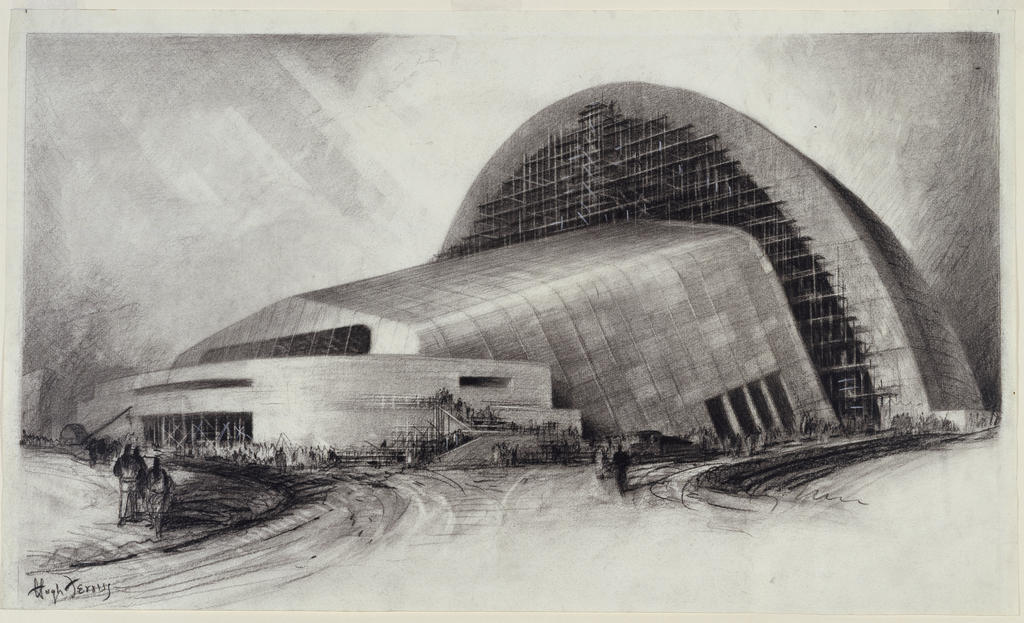Transcending the boundaries of art and design, Rebeca Méndez’s graphics explore delicate relationships between the organic and the digital.[1] Throughout her career, the Los Angeles-based Mexico native has maintained a fascination with the physical structures, forces and matter of nature. Today, her work is identified with the use of strong symbolism and bespoke typography.[2] Such...
If anyone has come to know seminal avant-garde theatre director Robert Wilson, they will have witnessed the autodidact hard at work sketching. Whether backstage at a major European opera house or cramped into an economy-class plane seat—flying over the Alps to simulate the intensity of a Wagner aria—he always garners silence when drawing. When at...
Constraints are often said to offer the best conditions for creativity. During the communist era, Polish graphics flourished. Due to the lack of external influences, poster designers needed to create their own isolated yet diverse visual language.[1] Cut off from Western iconography, these creatives were tasked with advertising the few American films that penetrated the...
In celebration of Women’s History Month, Cooper Hewitt is dedicating select Object of the Day entries to the work of women designers in our collection. “I believe that all designers come to a task with a unique way of ordering that is particular to their past experiences, and perhaps even their genetic structure,” says maverick...
In celebration of Women’s History Month, Cooper Hewitt is dedicating select Object of the Day entries to the work of women designers in our collection. Nudged in a single exuberant moment between a decade of the Great Depression and the looming threat of World War II, the 1939 World’s Fair is popularly thought to have...
Little is known about American architect Christian Francis Rosborg other than a few projects and drawings attributed to his name that rest in Cooper Hewitt’s collection. Trained early on under the mentorship of New York-based architects Ernest Flagg and Haydel & Shepard, the obscure figure was part of the early twentieth-century stylistic transition from French-influenced...
French architect and theorist Viollet-le-Duc (1814-1879) spent more than half of his career restoring Gothic-era castles, cathedrals, and public buildings, including such notable projects as Notre Dame de Paris and the city walls of Carcassonne. Yet he’s often seen as a pre-modernist, influencing Henry van de Velde and even Frank Lloyd Wright. Viollet-le-Duc’s theories of...
Prolific cartoonist Peter Arno composed this cover for The New Yorker to celebrate the reopening of the 1939 New York World’s Fair in 1940.[1] The drawing depicts attendants, hosts, and representatives looking towards the fairground’s entrance in anticipation of large crowds. With the looming threat of World War II, the 1940 season of the 1939 New...
“Located on a larger tract of land in the transportation area, the aviation exhibit gives the visitor a realistic picture of a busy metropolitan airport. The dome-like rear portion holds an invisibly suspended transport plane in full flight against a projected night sky.”[1] Published in the 1939 New York World’s Fair brochure, this description and...
